Ada Periodontal Disease Classification
Ada periodontal disease classification. Pocket depth or attachment loss. Developmental or acquired deformities and conditionsd. 3-4mm Bleeding on probing may be present Localized area of gingival recession Possible grade I furcation involvement.
J Periodontol 201889 Suppl 1. This was an attempt to classify the differences in the presentation of periodontitis seen clinically. Only the major categories will be discussed here.
When someone has periodontal disease the gum tissue pulls away from the tooth. No loss of attachment Bleeding on probing may be present. Type III Moderate Periodontitis.
D1110 is primarily a preventive procedure but can be therapeutic depending on the periodontiums overall health. It is applicable for patients with generally healthy periodontium where any deposits are removed to. A classification scheme for periodontal and periimplant diseases and conditions is necessary for clinicians to properly diagnose and treat patients as well as for scientists to investigate etiology pathogenesis natural history and treatment of the diseases and conditions.
According to the Centers for Disease Control and Prevention and American Academy of Periodontology the prevalence of moderate and severe periodontitis are estimated at 30 percent and 85 percent respectively among adults. Inflammatory dystrophic and traumatic disturbances. 1 periodontal health gingival diseases and conditions.
Pocket depths or attachment loss 4-6 mm. The 2017 World Workshop on the Classification of Periodontal and Peri-Implant Diseases and Conditions was co-presented by the American Academy of Periodontology AAP and the European Federation of Periodontology EFP. The AAP released two documents titled Three Steps to Staging and Grading a Patient and Staging and Grading Periodontitis.
Secondary occlusal trauma 45. Classification 1999For and Against The old classification AAP 1989 described five disease classes.
Periodontal disease and conditions can be broken down into three major categories.
Periodontal disease that has accompanying loss of attachment eg. The 2017 World Workshop on the Classification of Periodontal and Peri-Implant Diseases and Conditions was co-presented by the American Academy of Periodontology AAP and the European Federation of Periodontology EFP. The 2017 World Workshop on the Classification of Periodontal and Peri-Implant Diseases and Conditions was co-presented by the American Academy of Periodontology AAP and the European Federation of Periodontology EFP. Pocket depths or attachment loss 4-6 mm. This information is from. Periodontal disease and conditions can be broken down into three major categories. No loss of attachment Bleeding on probing may be present. It is applicable for patients with generally healthy periodontium where any deposits are removed to. The guidelines can be followed so consistent diagnosing can occur.
The two major categories are Gingivitis and Periodontitis. And 3 other conditions affecting the periodontium. Gingivitis caused by biofilm bacteria. The two major categories are Gingivitis and Periodontitis. Pocket depth or attachment loss. Only the major categories will be discussed here. Tables from Tonetti Greenwell Kornman.
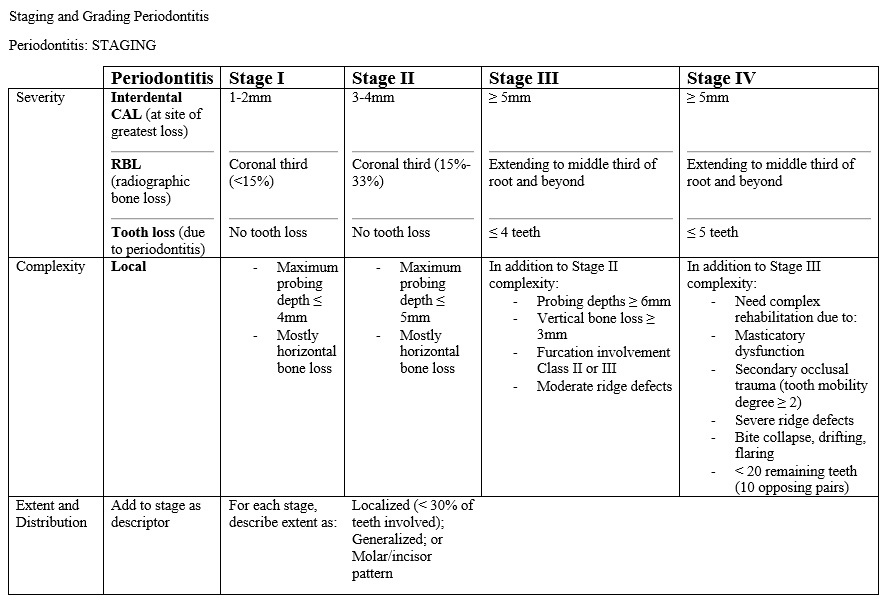
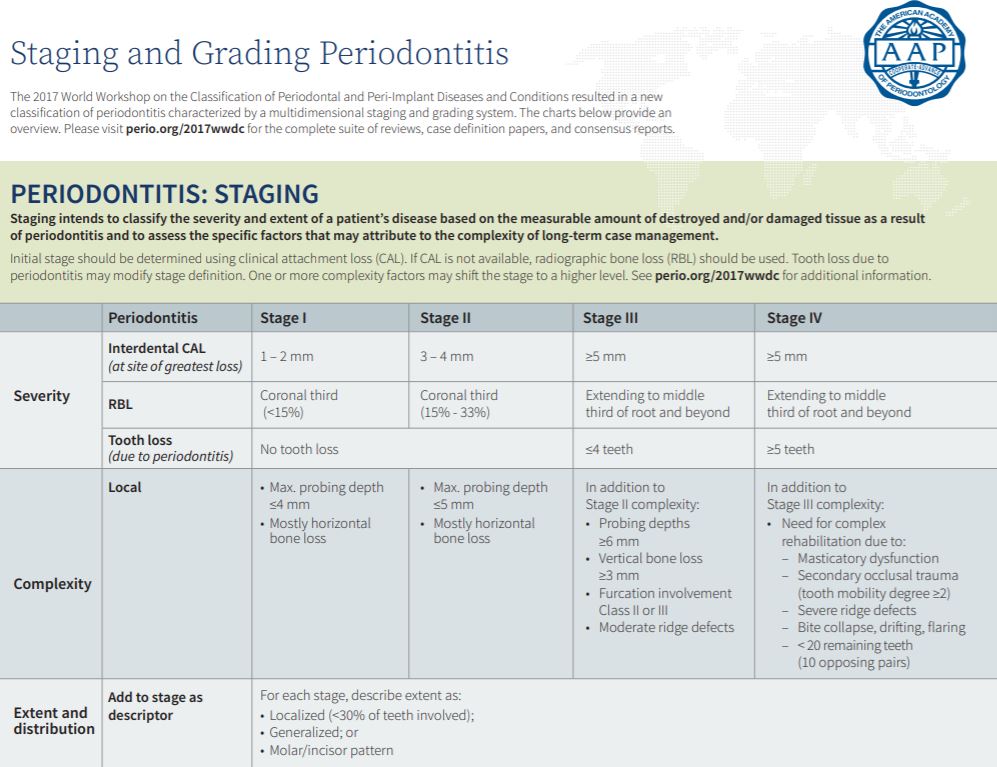

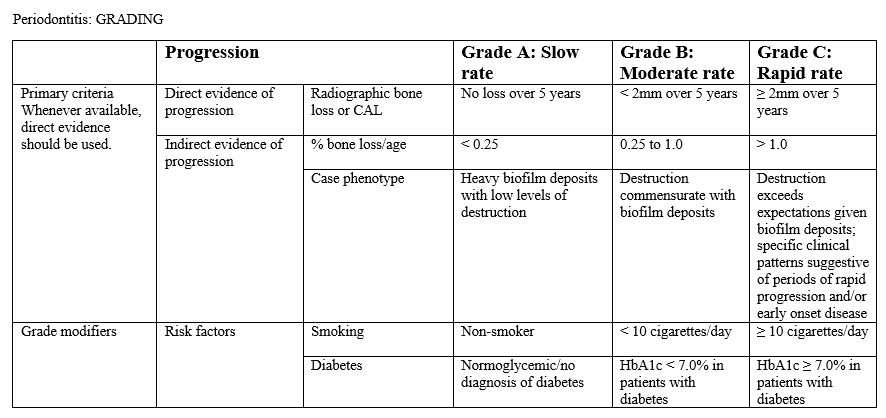




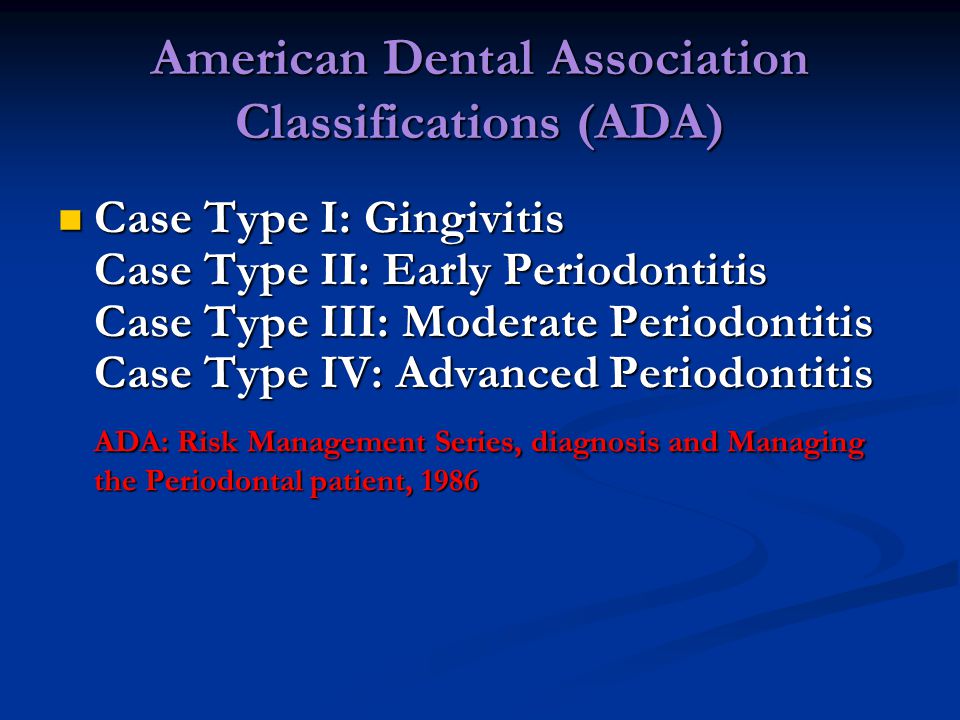





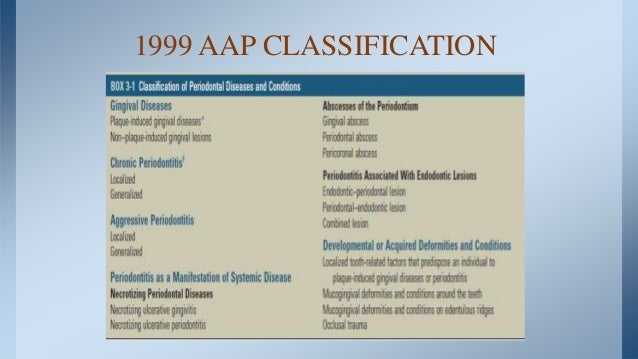


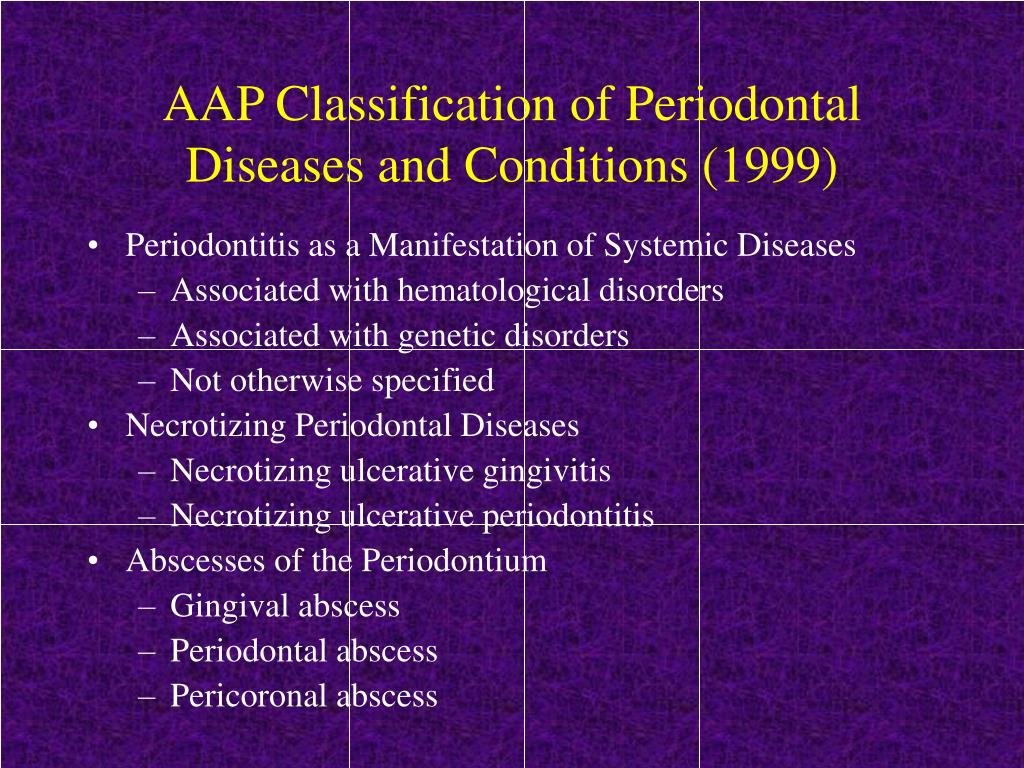
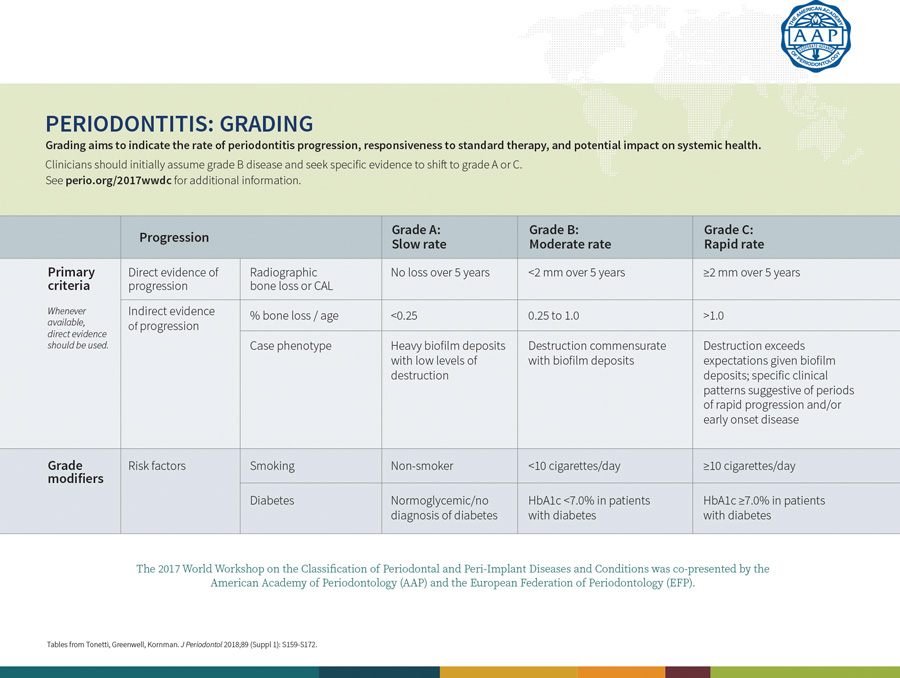



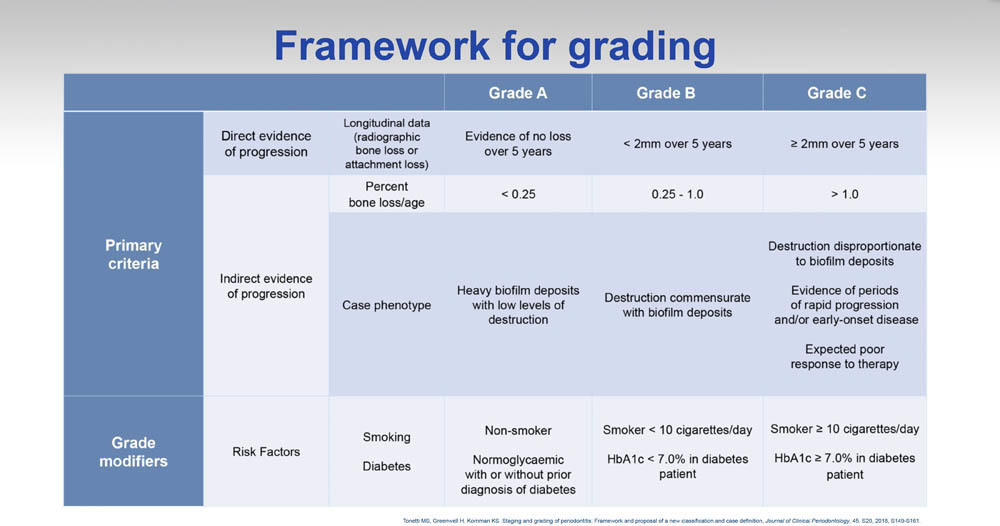
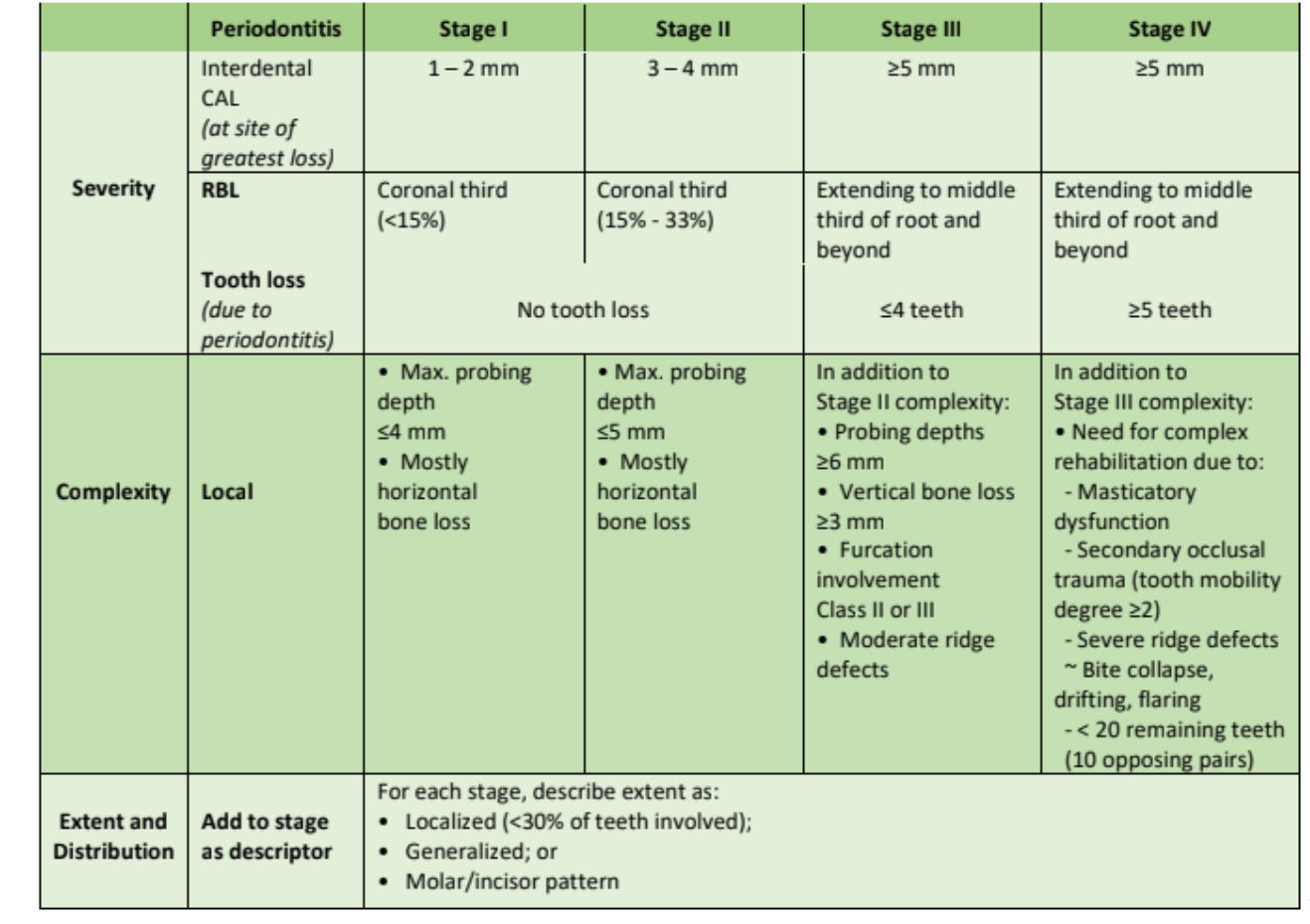

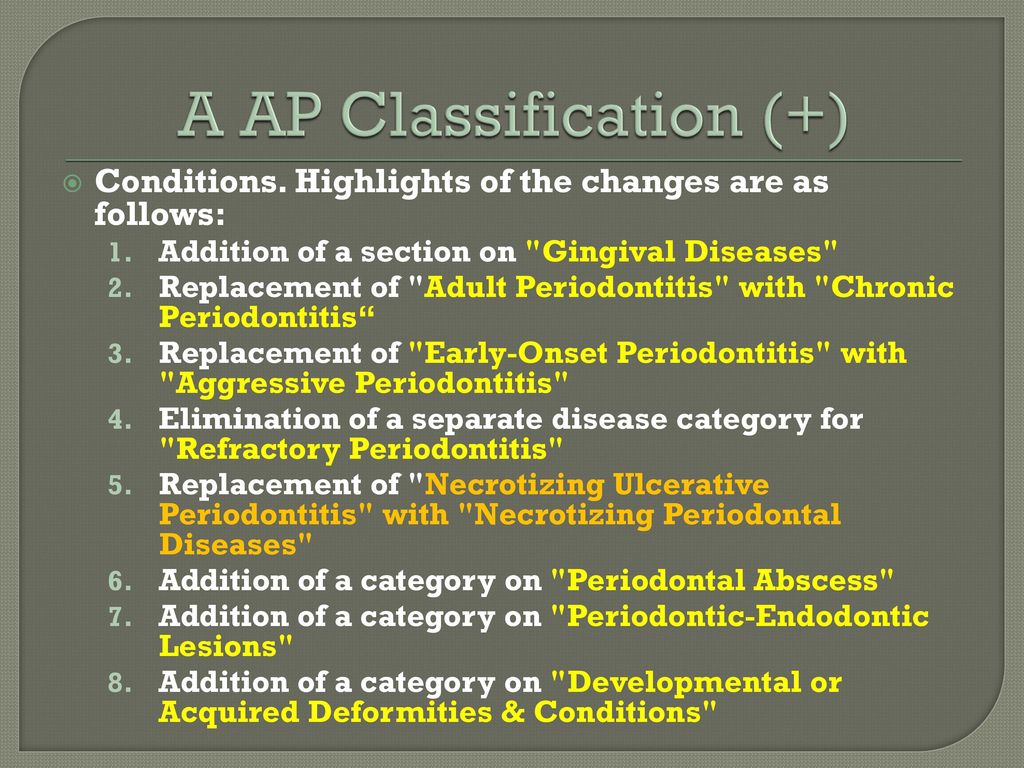









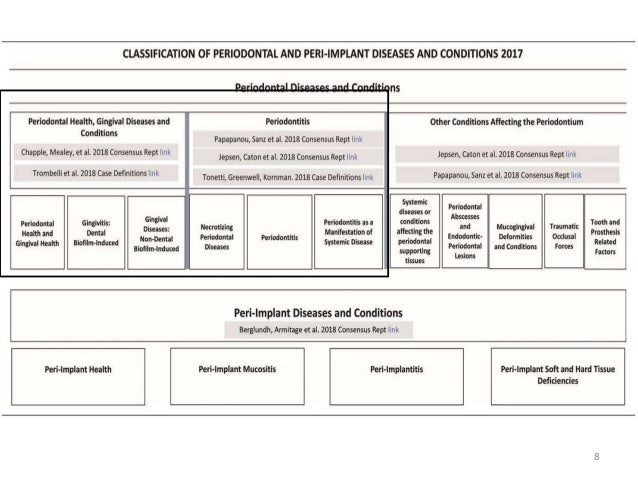





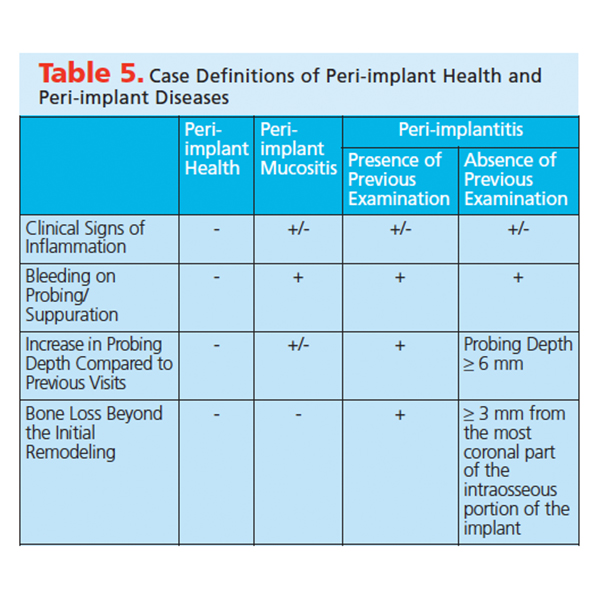
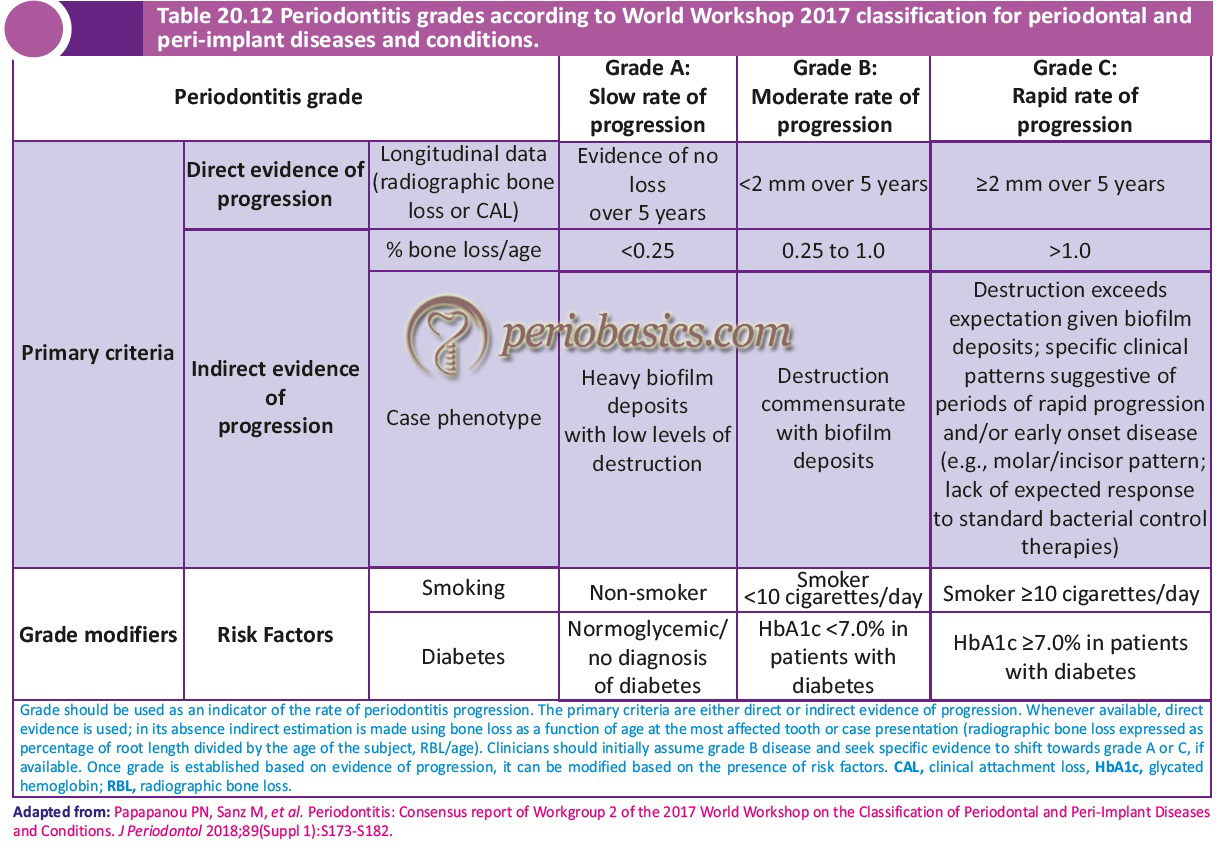
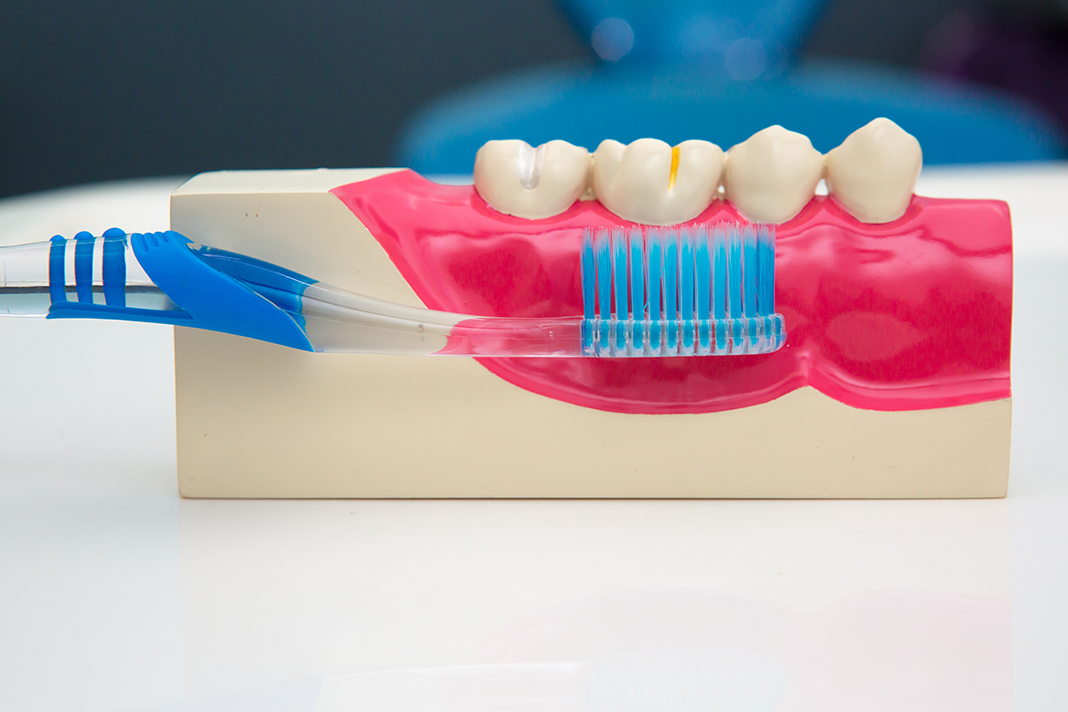

Post a Comment for "Ada Periodontal Disease Classification"